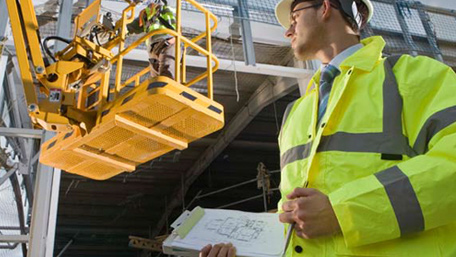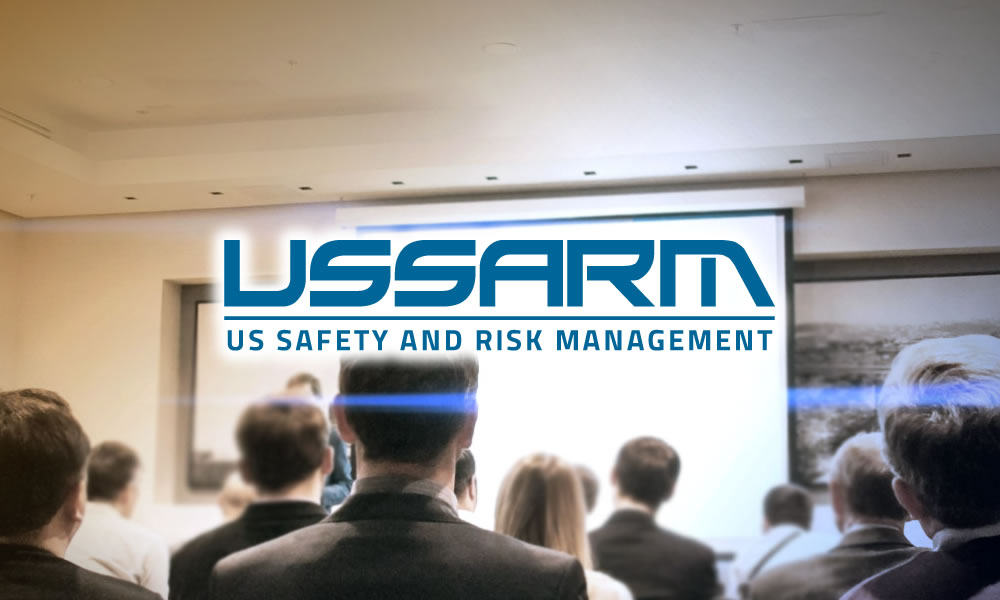OSHA Safety Training
Quick Links
Each year, there are thousands of injuries related to unsafe working conditions that can be avoided or reduced. Acute and chronic health hazards must be addressed pursuant OSHA’s General Duty Clause, “employers must provide every employee with a safe and hazard-free work environment [29 U.S.C. §654].”
Safety training is one of the best affective administrative loss control techniques. When conducted in a group environment where interactive exchange among trainers and employees can take place, safety training becomes a memorable and purposeful experience. We have found that it’s not what employees receive in a safety training course that counts; it’s what they take back to the workplace and practice.
Employers who fail to comply with the OSH Act or regulations face penalties, costly civil suits, insurance premium increases, and public/professional criticism.
OSHA penalties to Increase Significantly
On November 2, 2015 portions of the Protecting America’s Workers Act made their way into the Bipartisan Budget Act of 2015, which was signed into law by President Obama. The budget directs federal agencies to adjust their civil monetary penalties to account for inflation.
 A “catch up adjustment” clause in the budget says the agencies must issue an interim final rulemaking by August 1, 2016. Since OSHA’s penalties haven’t changed since the early 1990s, this means the initial adjustment could amount to a near 80 percent increase in maximum allowable fines. (After the initial adjustment, agencies are directed to make annual adjustments to keep up with inflation.)
A “catch up adjustment” clause in the budget says the agencies must issue an interim final rulemaking by August 1, 2016. Since OSHA’s penalties haven’t changed since the early 1990s, this means the initial adjustment could amount to a near 80 percent increase in maximum allowable fines. (After the initial adjustment, agencies are directed to make annual adjustments to keep up with inflation.)
Should OSHA choose to increase penalties by 80 percent, the maximum penalty for a serious infraction would go from $7,000 to $12,600. The penalty for willful and repeat citations would increase from $70,000 to $126,000.
OSHA Safety Training
 The OSHA training standards can be challenging and perplexing. The safety training requirements reflect two difference types of standards, criteria and performance. We strategize your safety training:
The OSHA training standards can be challenging and perplexing. The safety training requirements reflect two difference types of standards, criteria and performance. We strategize your safety training:
- based on the type of standard,
- the actual task performed by the employee,
- the requirement of the safety training standard, and
- peripherals that are unique to your certain workplace.
We conduct an on-site evaluation to totally customize your safety training program. During that evaluation, we:
- interview workers/managers,
- observe the function, and
- interpret that information into a comprehensive safety training experience that insures compliance with the regulations, and understanding of the safe behavior elements required for the successful completion of the task and loss-free outcome.
We provide this service prior to the development of the program to guarantee a structured approach suitably fitted to your needs.
Personal Presentations: We believe that the spoken word is still king of communications. All safety training programs are personally presented with limited use of videos and other trainer “crutches.” High levels of expertise and experience brought by a capable communicator greatly enhance safety training, and transform otherwise tedious mundane information into a memorable learning experience. We refer to it as the “ah” experience.
Even though we “structure” the program to fit a certain safety training strategy, we also understand that flexibility is necessary to integrate what the employee needs to know about safe behavior, and what management wants the employee to learn. The adaptive and directive philosophies are both needed for effective safety training. Our IBEX training system insures employee engagement and improved retention of the subject matter. To learn more about our IBEX training system, CLICK HERE.
Onsite or Offsite: We are prepared to delivery your customized integrated OSHA safety training experience where you desire. Either at your facility location or at an offsite venue, we remain able to get the job done proficiently.
Multi-faceted Support
Our safety trainers are experienced in the actual management of safety programs in the corporate environment. They have done the job. We do not use safety trainers that have no practical experience. If an accidental loss or injury occurs, we can assist in the investigation and solution for corrective action and conduct follow-up training to prevent recurrence. Retraining after an accident is required by some training standards.
An Ongoing Relationship
We realize the importance of staying current with new laws and the dynamics of change in the workplace. We are prepared and qualified to support your efforts in safety management and loss-control. Maintaining stability is key to success. By conducting internal audits of your processes, people, and equipment we can help you balance the formula of maintaining a safe and healthful workplace, with the ongoing and sometimes subtle changes that can suddenly position you for a loss or injury.
Our OSHA Safety Training Programs
- CFR 29 1910.1200 Hazard Communication Program (RTK)
- CFR 29 1910.120 Hazardous Waste Operations and Emergency Response (includes oil recovery)
- CFR 29 1910.178 Powered Industrial Trucks
- CFR 29 1910.95 Occupational Noise Exposure
- CFR 29 1910.132 Personal Protective Equipment (Chemical Protection)
- CFR 29 1910.133 Eye and Face Protection
- CFR 29 1910.134 Respiratory Protection
- CFR 29 1910.146 Permit Required Confined Space Entry and Rescue
- CFR 29 1910.147 Lockout/Tagout
- CFR 29 1910.157 Portable Fire Extinguishers
- CFR 29 1910.159 Automatic Sprinkler Systems
- CFR 29 1910.1025 Lead Compliance Program
- CFR 29 1910.1028 Benzene Compliance Program
- CFR 29 1910.1030 Bloodborne Pathogens
- CFR 29 1910.124 General Requirements for Dipping and Coating operations
- CFR 29 1910.1001 Asbestos
- CFR 29 1910.331 Electrical Safety
- CFR 29 1910.106 Flammable and Combustible Liquids Storage and Safety
- CFR 29 1910.23 Guarding Floor and Wall Openings and Holes
- CFR 29 1910.242 Hand and Portable Powered Tools and Equipment
- CFR 29 1910.25 Portable Wood Ladders
- CFR 1910.119 Process Safety Management of Highly Hazardous Chemicals
- CFR 29 1910.212 General Requirements for all Machines


